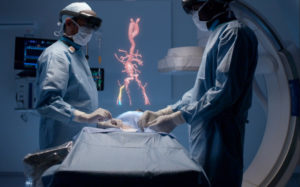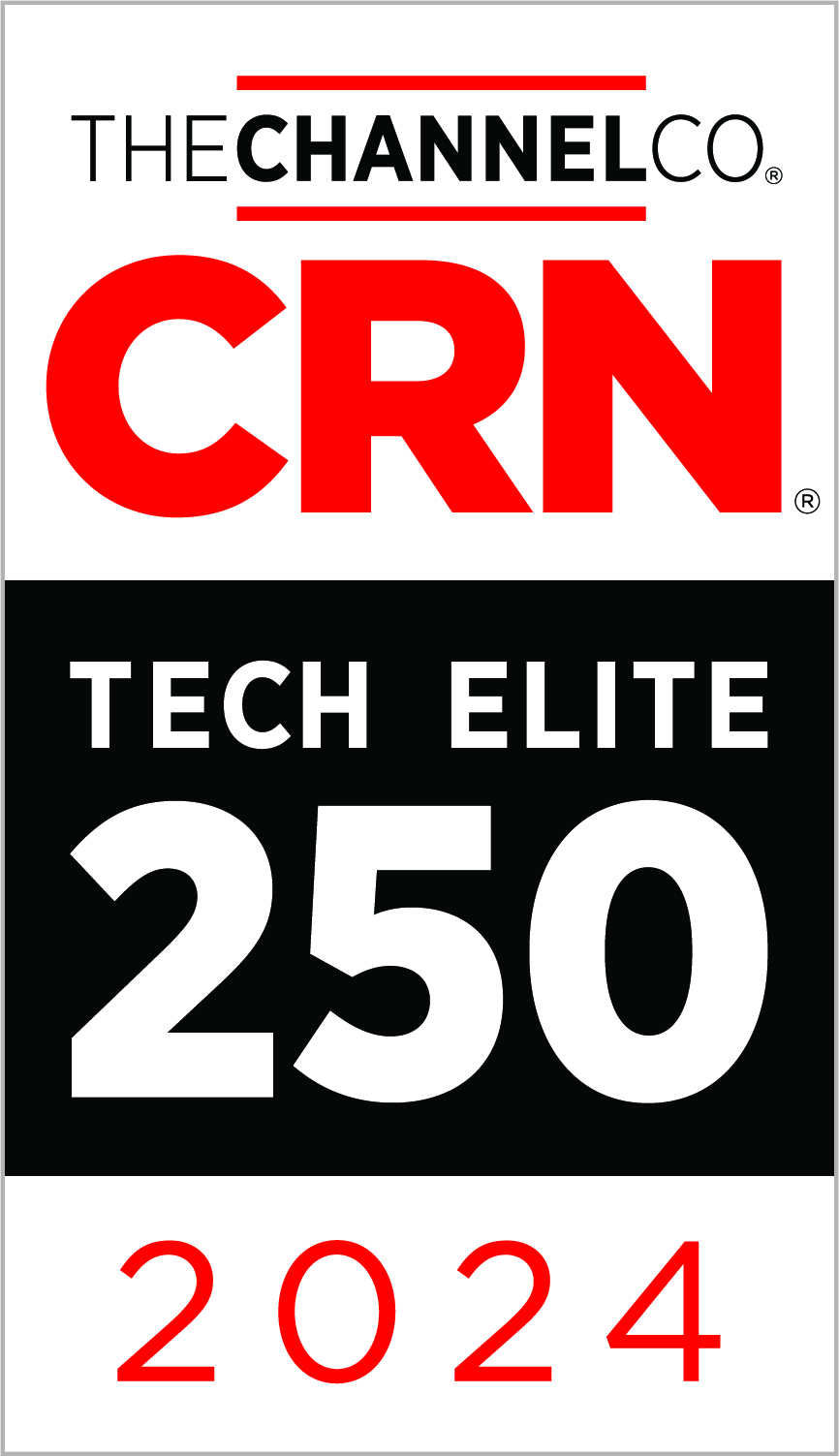Heart Disease and Technology: Keeping Hearts Pumping

Heart Disease and Technology
What if heart conditions could be monitored from home?
What if there were predictive analytics to predict someone’s risk of heart disease?
We are getting closer and closer to this being a reality. February is American Hearth Month. Heart disease is the leading killer in the world. It is responsible for over 17 millions deaths each year. This could rise to 23 million by 2030.
The medical costs are astronomical. The American Heart Association states the the annual cost of this disease is over $500 billion in the United States alone.
This topic is close to my heart. Many members of my family as well as friends have suffered from heart complications and strokes. If these evolving technologies were available back then, it would have made a major difference.
More and more technologies are approved by the FDA every day. From wearable technology to digital stethoscopes, technology is being developed to assist humans with heart conditions. I am going to highlight just a few of the products that are gaining traction in the healthcare industry. The cardiovascular disease technology market is expected to exceed $40 billion by 2030.
Digital Stethoscope
Eko‘s digital stethoscope uses algorithms to assist with the treatment and prevention of heart disease. Recently, a suite of algorithms were approved by the FDA. The algorithms can alert technicians of the presence of heart murmurs and atrial fibrillation (AFib) during a physical exam. This is essentially converting the classic stethoscope into an early detection tool.
Eko’s AI is able to identify the heart murmurs with 87% sensitivity and 87% specificity. The average traditional stethoscope only has a sensitivity of 43% and specificity of 69% when detecting valvular heart disease. When detecting AFib, AI can detect 99% sensitivity and 97% specificity when analyzing the one-lead ECG tracing. The algorithms reports fast or slow heart rates which is typically indicative of heart disease.

A simple part of your annual exam that has been the front line tool for over two centuries could be the game changer when detecting life threatening conditions. Treating these conditions early could make all the difference.
Technology developed using artificial intelligence (AI) could identify people at high risk of a fatal heart attack at least 5 years before it strikes. This is according to new research funded by the British Heart Foundation (BHF).
Remote Management of Heart Disease
Some of the biggest trends around cardiovascular disease revolve around remote patient monitoring. Remote Patient monitoring is where consultations can be consulted over video calls. Patient reads and information are accessible through a digital platform. The patient uses wearables such as skin patches, accessories and smart clothing to monitor the patient’s condition.
 Beyond disease management, remote patient monitoring can help to see if patients are adhering to their current regiments. It is can also be vital for clinical trial monitoring and pre/post op monitoring. The ability to predict or prevent future cardiac events may occur based on the data being relayed. At home innovations are used to monitor hypertension, heart failure and arrhythmias.
Beyond disease management, remote patient monitoring can help to see if patients are adhering to their current regiments. It is can also be vital for clinical trial monitoring and pre/post op monitoring. The ability to predict or prevent future cardiac events may occur based on the data being relayed. At home innovations are used to monitor hypertension, heart failure and arrhythmias.
In-body microcomputers have been developed where a pea-sized V-LAP sensor sits withing the heart. The sensor provides real time data to health professionals. When pressure in the heart elevates, it sends alerts the doctors in time. It charges remotely via an external chest strap that is fitted by the patient. It can collect and transmit data to doctors at anytime.
Do you own an Apple Watch? The optical sensor can detect atrial fibrillation in the background. The market for these items will continue to grow. We live in a world where data is everywhere.
Being able to access that data from the comfort of your home, can alleviate the stress of some patients. In addition, it will help alleviate medical costs by reducing visits to the hospital.
Virtual and Augmented Reality
Virtual and Augmented Reality is the new reality for training medical staff. A training in a VR headset can put the operators in a virtual cath lab with a 360 degree view of the room and equipment. 3-D renderings of diseases vessel segments are viewable as well.
NovaRad has FDA clearance for the first surgical AR system. The surgeon wears an AR headset. He or she can superimpose and co-register a CT or MRI dataset onto a patient on the OR table. They can virtually slice through a patient to pre-plan a procedure and mark the skin for incisions.
Philips Healthcare is developing a cath lab AR system which allows interventional radiologists or cardiologists to use hand movements or voice commands without breaking a sterile field. They will be able to call up an ultrasound in their AR visor. Review CT imaging datasets that they can slice in mid-air or view 3-D holograms of the anatomy. Hand movements rotate or slice the images .

The Future
These are just a few of the technologies out there that are helping improve the lives of cardiac patients. I can only imagine the developments that are to come.
Pets suffer from heart disease as well. Colorado State University is already using cutting edge technology to assist with heart disease in dogs.
Some of these things I could only have imagined in Sci-fi films are now a reality. I only can hope that these developments will help save lives for years to come.
Zunesis already actively works with some medical institutions. My hope would be that some tools that we can provide them will take them to the next level in heart disease prevention.
Categories
Search
Blog Categories
Related Resources
Archives
- July 2024
- June 2024
- May 2024
- April 2024
- March 2024
- January 2024
- October 2023
- September 2023
- August 2023
- July 2023
- June 2023
- May 2023
- April 2023
- March 2023
- February 2023
- January 2023
- October 2022
- July 2022
- June 2022
- May 2022
- April 2022
- March 2022
- February 2022
- January 2022
- December 2021
- November 2021
- October 2021
- September 2021
- August 2021
- July 2021
- June 2021
- May 2021
- April 2021
- March 2021
- February 2021
- January 2021
- December 2020
- November 2020
- October 2020
- September 2020
- August 2020
- July 2020
- June 2020
- May 2020
- April 2020
- March 2020
- February 2020
- January 2020
- December 2019
- November 2019
- October 2019
- September 2019
- August 2019
- July 2019
- June 2019
- May 2019
- April 2019
- March 2019
- February 2019
- January 2019
- December 2018
- November 2018
- October 2018
- September 2018
- August 2018
- July 2018
- June 2018
- May 2018
- April 2018
- March 2018
- February 2018
- January 2018
- December 2017
- November 2017
- October 2017
- September 2017
- August 2017
- July 2017
- June 2017
- May 2017
- April 2017
- March 2017
- February 2017
- January 2017
- December 2016
- November 2016
- October 2016
- September 2016
- August 2016
- July 2016
- June 2016
- May 2016
- March 2016
- February 2016
- January 2016
- December 2015
- October 2015
- September 2015
- August 2015
- July 2015
- June 2015
- May 2015
- April 2015
- March 2015
- February 2015
- January 2014
- February 2013




